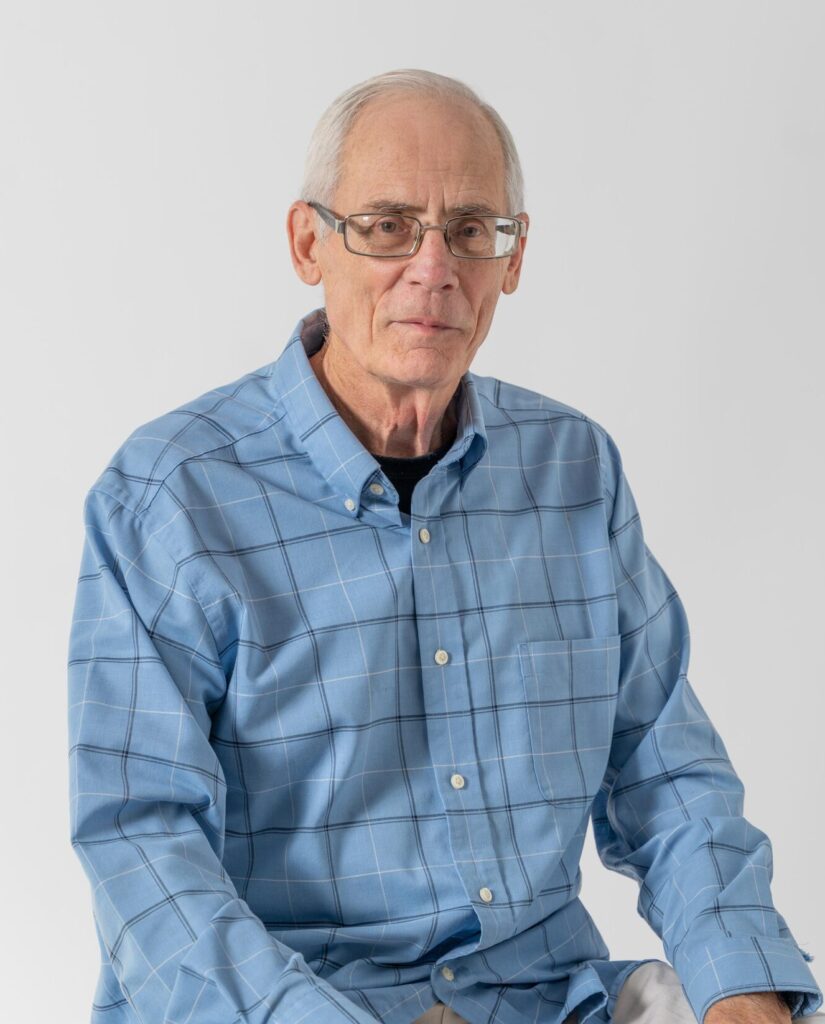Salt Labs adds 401(k) creator Ted Benna as advisor

Salt Labs, which helps lower-income workers but does not subtract from their earnings, has recruited Ted Benna, the father of the 401(k), as an advisor.
Often hourly employees and frontline workers have nothing extra to put aside for a special purchase, college funds, or investments. Salt Labs founder and CEO Jason Lee knew that from his experience as founder and CEO of Daily Pay, an earned wage access provider. Many folks couldn’t wait for Friday to get their wages if the car needed a repair on Wednesday.
Salt is a savings option for lower-income workers
Along the way, Lee learned that many people are saving their Salt for the future. More than half, 52%, is being saved. In Puerto Rico, 80,000 people signed up for Salt in two months. Only 20% redeemed their Salt at $1 each.
In 1978, Benna determined a section of the Revenue Act of 1978 allowed employees to save pre-tax salary in a retirement account and have the employer match their contributions. His idea to turn spenders into savers worked. While 8% of Americans contributed to a defined contribution plan in 1980, more than 43% did so in 2021. Around 60% of companies offer a 401(k) plan today. Americans have more than $7 trillion saved in those plans, and the median retirement account amount per family in 2019 dollars has tripled since 2019.
Yet Benna is the first to admit that the 401(k) doesn’t work for low- and even some moderate-income people, who need every dollar for daily necessities. They spend 102% of every check, with 63% not having $500 in emergency savings.
How to create a savings option when there is little income
Benna has spent the past five years seeking solutions for this group. A recipient of many pitches, he accepted Lee’s invitation to discuss his idea. The pair bonded over their experiences, faith, and even the lessons they took from Lisa Servon’s book The Unbanking of America.
“Jason’s been successful in the past, accomplishing something major in helping these kinds of employees, and that was an immediate connection point,” Benna said. “And certainly, our faith was another common one.”
Servon’s book teaches that people with lower incomes must have complete control and transparency with their savings because there is no room for error. Their income is a scarce resource, so instead of dipping into that for retirement, why not offer them a solution where they earn a non-monetary bonus for working?
“It’s completely different than how people traditionally think about savings,” Lee said. “Traditionally, you get money, and then you take money out of your paycheck to go save.
“That mechanic doesn’t work for the low-income person. What works is if they receive something different, and they can start building a balance. I tell employers that if they pay someone 10 cents, they’re not going to see anything different, but if they fund Salt by 10 cents, they start building a solid balance sheet that they redeem for something you’ve already funded. That creates a much more positive and impactful result.”
Benna sees his role as helping to get the word out and build a clientele. He has faith that Lee and his team will do the rest.
A new world brings new possibilities for Salt
Both Benna and Lee stressed that the world differs from the one in which the 401(k) was designed. More people are living paycheck to paycheck.
Technology is also different, and that opens up possibilities.

“Back to 401(k) days, there was no online access,” Benna said. “Then voice response became this thing. With your telephone, you could punch in and access via voice response. Then there was the Internet, but not everybody had Internet capability. Now, we’re advanced to where everybody is engaged online.”
Most employers haven’t fully realized that the growth in technology means that one size no longer has to fit all for retirement plans. It is in their best interest to have financially healthy employees, and there are better tools, such as Salt Labs.
“There is an opportunity for us to explore that there might be a different tool that’s better for this type of individual,” Lee said. “The workforce is incredibly diverse. Are you telling me that the CEO who makes $1 million a year should have the same retirement tool as the frontline worker who makes $18,000 a year? Isn’t that a little weird? When that gap was closer, maybe that wasn’t such a disparity.
“But now that is an issue. So one of the reasons why I love having Ted involved is because I eventually see Ted helping us articulate that in a very credible way, which is, it’s not that one tool is better than the other, but doesn’t it make sense for us to consider that they’re different people and might have different needs.”
Salt addresses a societal problem
Lee said this savings crisis is a societal issue that affects everyone. Seven years ago, he envisioned Daily Pay becoming a valuable tool for the frontline worker. Seven years from today, he sees the same popularity for Salt Labs as a store of value.
“When five million people walk around with $300 or $400 worth of something, guess what? They can become customers of a Blackrock or Fidelity or asset manager…What’s wonderful about this is those people would never have had an opportunity to work with a company like that. They never had actual savings.
“All of a sudden, we’ve been able to change the form. They’re getting that wealth and creating that savings. Now they’ve got this increasing store of value. That’s real savings. That’s a 401(k).”
Also read:



